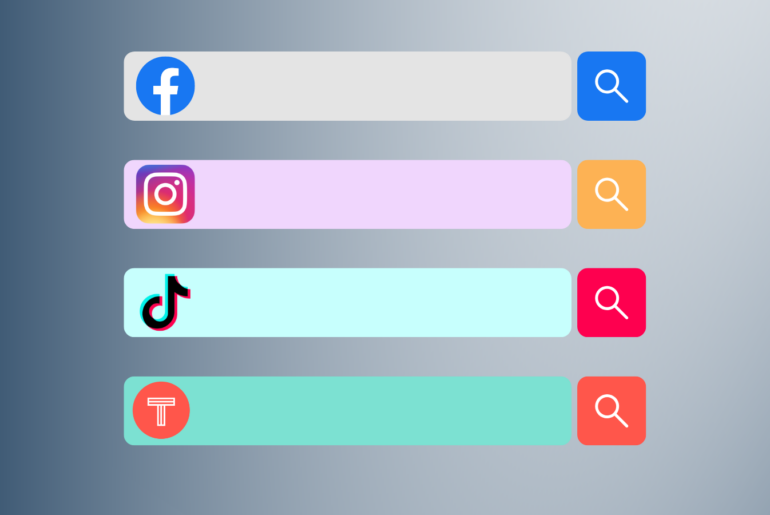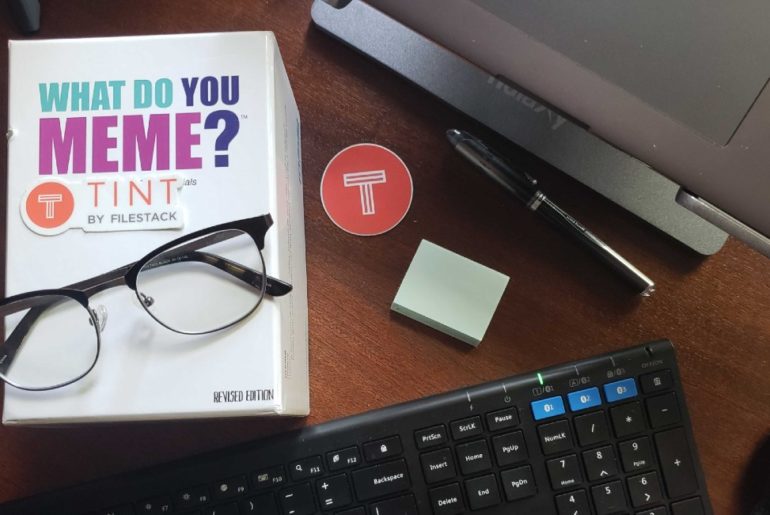In October of 2013, YouTube announced some interesting news about its traffic. Forty percent of YouTube traffic now comes from mobile, up from just 25% in 2012, according to TechCrunch.
YouTube was founded in 2005 by Chad Hurley, Steve Chen and Jawed Karim. All three had been former employees at PayPal. The idea was to create a video-sharing site where users could post their homemade videos for the whole world to watch.
A Nike ad was the first to reach one million views in September of 2005. It became clear to some big brands, NBC and Google in particular, that this video-sharing site could be much more than a place for people to post their funny videos. That’s why, in 2006, Google bought YouTube.
YouTube ad space and even branded YouTube channels have become an important way for brands to advertise to the public about their goods and services. And now that YouTube has gone mobile, there’s a brand new opportunity for businesses of all shapes and sizes to take part in Youtube mobile advertising.
Here’s how you should be marketing on YouTube.
YouTube gives even small businesses a chance to authenticate their brand and engage with potential customers in new ways. There are many types of videos your company could post on YouTube to highlight your brand and educate consumers about your business:
- Videos that show you are an expert in that field
- How-to videos to demonstrate how a customer can use your products and/or services
- FAQ videos
- “Get to know you” videos that show off your company, your employees and your product
The best way to get your videos seen on YouTube is to build your very own branded channel. With a branded channel, you can organize your videos, showcase your logo and company colors and include links to your company website.
You can even link videos from your YouTube channel on different pages of your company website. It’s a great way to break up text and get potential customers interested in some of your other video content. Some brands are taking advantage of branded YouTube channels with funny and engaging videos that users love.
For instance, Verizon FiOS is Verizon’s fiber-optic Internet, TV and home phone service. Verizon FiOS is working to get people interested in their brand with funny videos featuring #fiosfootballgirl. She’s a feisty kid who is trying to understand as much about football as she can.
OREO cookie also has an engaging YouTube channel. It’s decorated with fun blues, and obviously the iconic black and white of their popular cookie. Users can peruse videos such as remixes of the “OREO Wonderfilled Song” and learn about the OREO Separator Machine.
Make the most of YouTube’s mobile traffic with mobile-specific content.
YouTube has been offering brands a way to advertise to mobile users. These ads, called “TrueView” mobile ads, can give you a way to engage with mobile viewers and also allow you opportunities to see how customers engage with the brand on their mobile devices – smartphones and tablets.
With the news that forty percent of YouTube’s traffic comes from mobile, you should also be thinking about creating mobile-specific content. For instance, since many web-enabled devices are often dependent on data, keep your videos short and sweet. Pack a punch with funny or impactful videos that resonate on an emotional level without eating up too much data.
Also, keep in mind that “mobile” devices come in all shapes and sizes. Literally. Just ask Media Post. When they heard that YouTube’s mobile traffic was booming, they urged marketers to try to find out what “mobile” really means.
Tablet or smartphone? You should be asking this question before you post your videos. For instance, there’s no way the viewing experience on a smartphone could ever be the same as watching video on a tablet.
So, cater some videos to smartphones and some to tablets. For smartphone videos, keep the HD to a minimum, since many smartphone screens are just too small for the HD effect. For tablets, create stunning HD content to blow the customers away.
How do you think mobile YouTube traffic will affect marketers in 2014? Let us know in the comments below!
—
This is a guest blog post by Stacey Waxman, a marketing student interested in blogging about all social media related topics.




